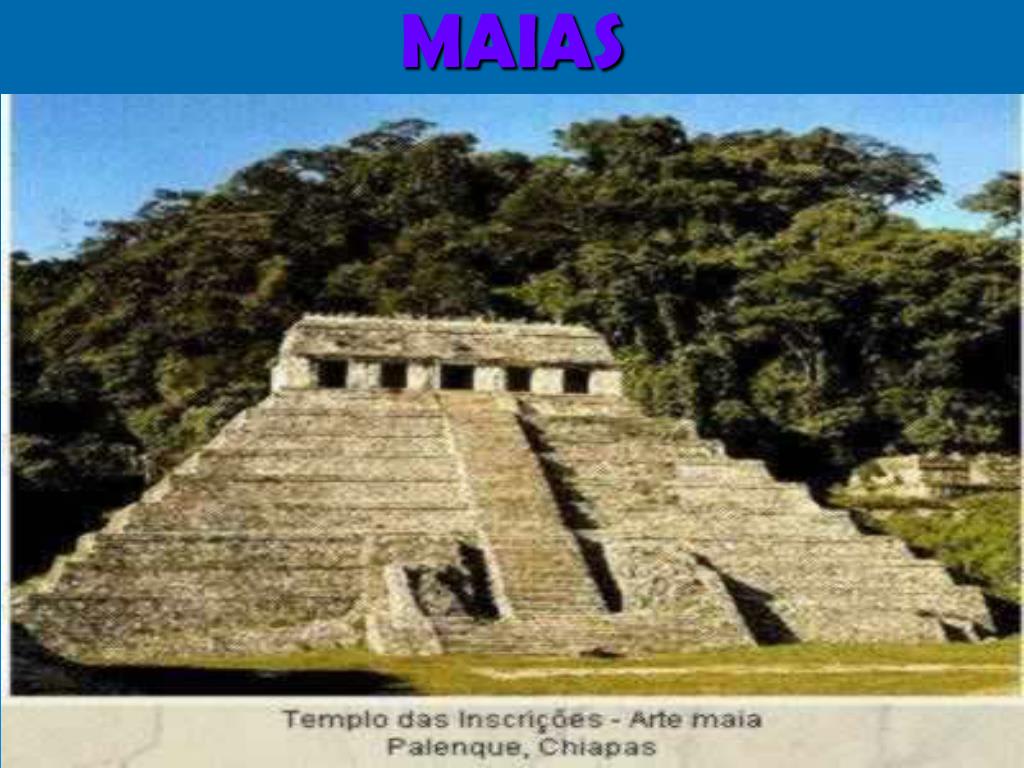The Maya: the children of the sun.
Despite their decline, the Maya left a lasting legacy. Their culture and knowledge continue to inspire and fascinate people to this day

The Maya: the children of the sun.
The Maya were a Mesoamerican civilization that inhabited the region that today corresponds to southern Mexico, Guatemala, Belize, Honduras and El Salvador, between the 3rd and 16th centuries B.C. Also known as the "children of the sun", the Maya left an impressive legacy of architecture, art, mathematics, astronomy and calendars.
Where they lived.
The Mayans lived in a region with a tropical climate, dense forests and abundant natural resources. Their civilization developed around large cities such as Chichén Itzá, Palenque and Tikal, which were centers of political, religious and commercial power.
Religion.
The Maya were polytheists and believed in a wide variety of gods and deities. The most important god was Kukulkán, a feathered serpent who represented the sun and fertility. The Maya also believed in an underground world, called Xibalba, which was inhabited by demons and evil spirits.
How they lived.
Mayan society was divided into classes, with a ruling elite, a clergy and a population of peasants and artisans. The Maya were farmers and lived in small villages. They grew corn, beans, squash and other foods. They also fished and hunted.
Human sacrifices.
The Maya practiced human sacrifices, which were carried out as a way of pleasing the gods and ensuring the fertility of the land. The sacrifices were usually made of prisoners of war or slaves.
Calendar.
The Maya had a complex and precise calendar, which was based on the lunar cycle and the solar cycle. The Mayan calendar was divided into 365 days, divided into 18 months of 20 days and a period of five days. The Maya also had a religious calendar, which was based on the 260-day cycle.
A few details about the Maya:
Mayan architecture is characterized by its pyramids, temples and palaces. The Mayan pyramids were generally built on steps and served as temples or observatories.
Mayan art is rich and diverse. The Maya produced sculptures, paintings, ceramics and jewelry. Their works of art generally depicted religious or mythological themes.
The Maya were masters of mathematics and astronomy. They developed a vigesimal number system and a precise calendar. They also made complex astronomical observations.
The Maya were a peaceful people, but they were also fierce warriors. They often fought wars with other Mayan peoples or with foreign invaders.
The Maya were an advanced people and developed a writing system, a numerical system and a precise calendar.
The Maya were a prosperous civilization and flourished for over a thousand years. However, their civilization went into decline in the 16th century, due to a combination of factors, including wars, disease and European invasions.
Here are some specific examples of how the Maya used their mathematics and astronomy:
The Maya used their mathematics to calculate planting and harvest times.
The Maya used their astronomy to predict eclipses and other celestial events.
The Maya used their mathematics and astronomy to build temples and pyramids that were aligned with the celestial bodies.
European invasions.
European invasions of the Maya began in the 16th century with the arrival of the Spanish. The Spanish were in search of gold and riches, and soon began to conquer the Mayan cities.
The first Mayan city to be conquered by the Spanish was Cozumel, in 1517. The following year, the Spanish arrived in Yucatán, where they conquered the cities of Tulum and Chichén Itzá. In 1524, the Spanish conquered the city of Tenochtitlán, capital of the Aztec Empire.
The European invasions had a devastating impact on Mayan civilization. The Spanish brought diseases, such as smallpox, which killed thousands of Mayans. They also forced the Maya to convert to Christianity and abandon their culture and customs.
By the 17th century, most of Mayan civilization had been conquered by the Spanish. Those Mayans who survived were forced to live as settlers under Spanish rule.
The European invasions of the Maya marked the end of a prosperous and advanced civilization. However, the legacy of the Maya remains to this day, in the form of their culture, art and architecture.
The Maya no longer exist as an organized civilization. However, their descendants, the Mayan peoples, still live in the region. They speak Mayan languages and preserve many of the traditions and customs of their ancestors.
About the Creator
josias alves
Além de contar histórias, Josias também gosta de falar sobre curiosidades históricas. Ele acredita que a história é cheia de fatos interessantes que muitas vezes passam despercebidos.
Enjoyed the story? Support the Creator.
Subscribe for free to receive all their stories in your feed. You could also pledge your support or give them a one-off tip, letting them know you appreciate their work.






Comments
There are no comments for this story
Be the first to respond and start the conversation.